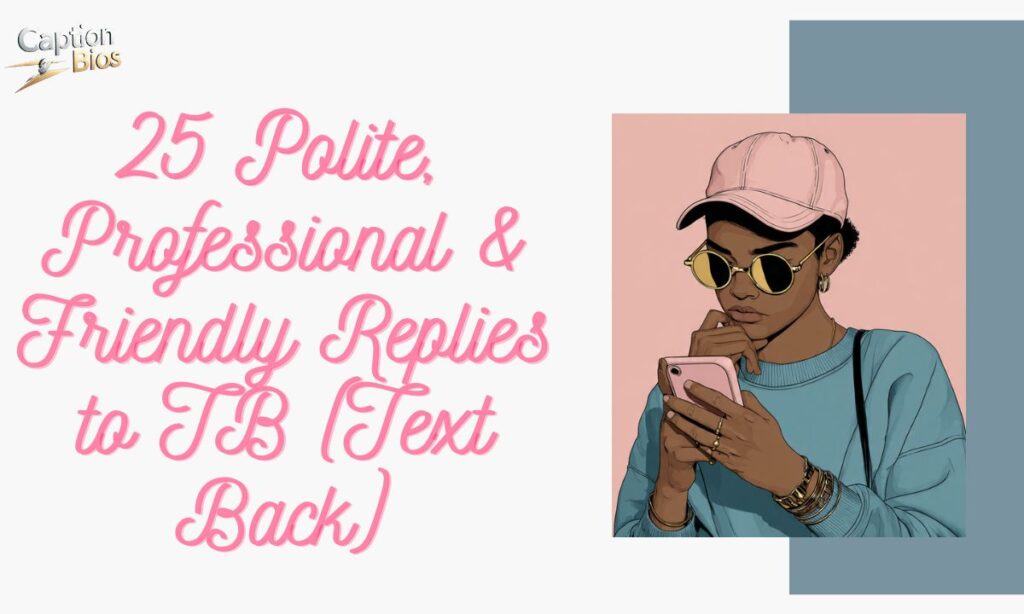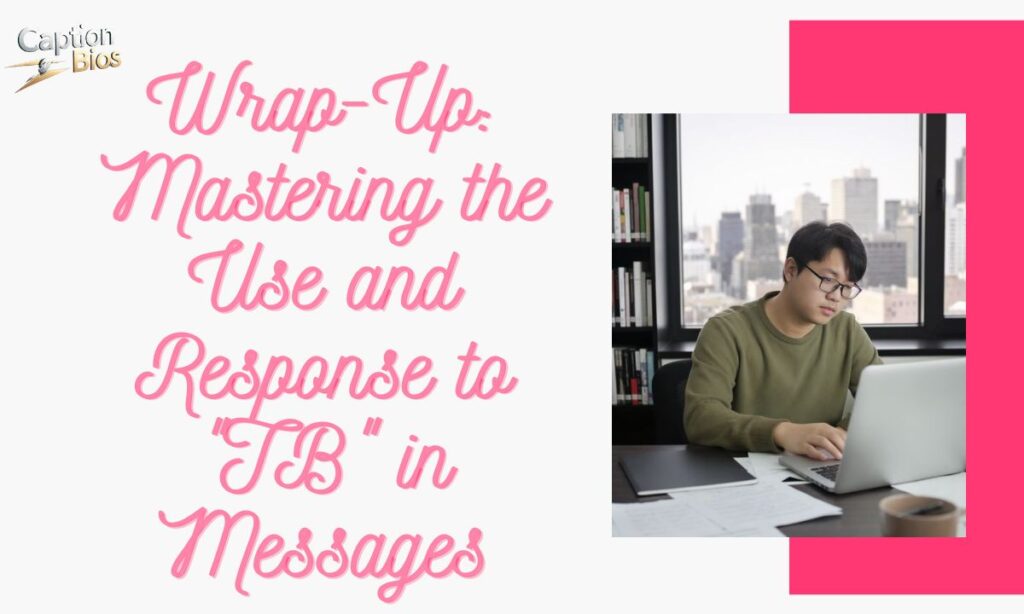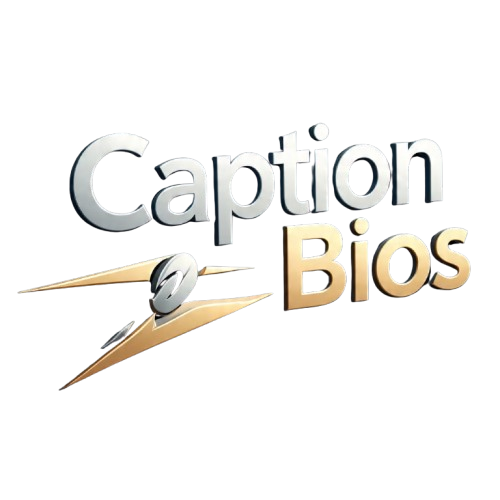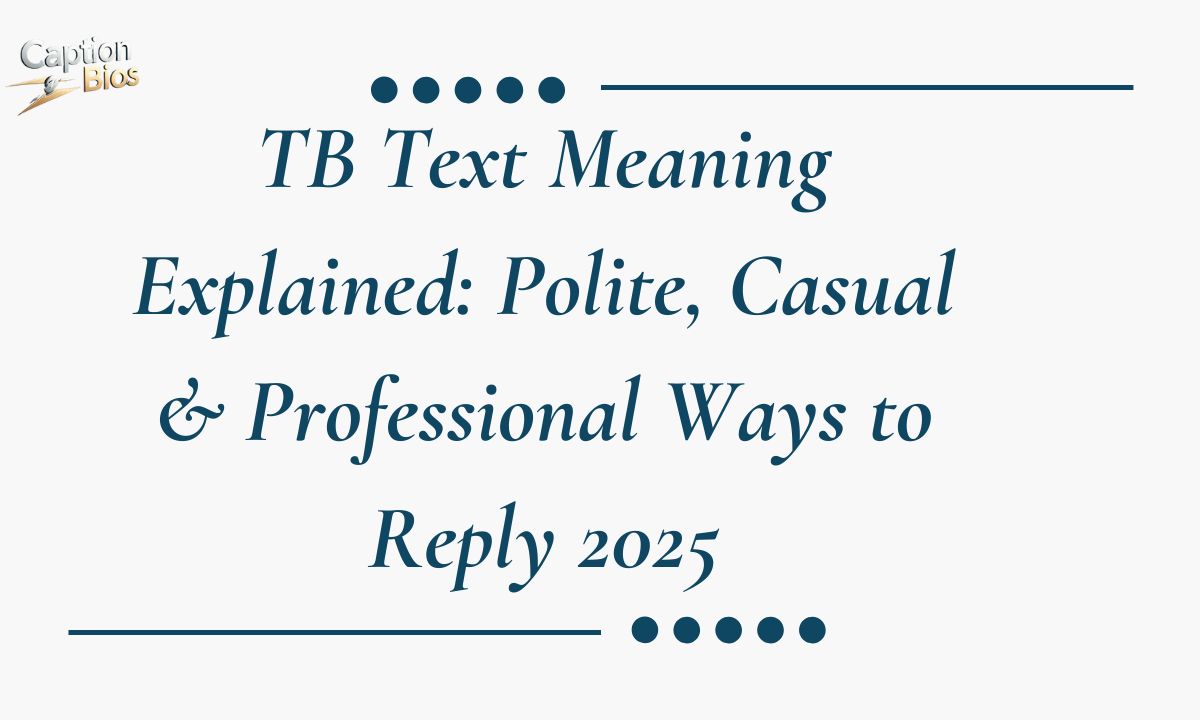TB stands for “Text Back” and is commonly used to request a reply from someone. The meaning can vary based on context, relationship, and communication platform being used. When responding to TB, consider your audience and choose appropriate language for the situation.
Casual friends appreciate informal replies, while professional contacts expect more formal responses. Always acknowledge the message promptly and provide a helpful response that maintains good communication. Understanding TB and responding appropriately shows strong digital communication skills in today’s connected world.
What Does TB Stand For in Text?
The primary meaning of “TB” in text messaging is “Text Back” – a straightforward request for the recipient to respond to the message. When someone sends you “TB,” they’re essentially saying, “Please reply to this message” or “I’m waiting for your response.”
This abbreviation emerged from the need for quick, efficient communication in our fast-paced digital environment. Rather than typing out “Please text me back” or “Looking forward to your reply,” users began adopting “TB” as a time-saving shortcut that conveys the same message in just two letters.
The usage of “TB” is particularly prevalent among younger generations who have grown up with smartphones and instant messaging platforms. However, its adoption has spread across various age groups and professional environments, making it essential to understand both its meaning and appropriate response strategies.
Expanded Understanding: Other Meanings of TB in Digital Communication
While “Text Back” remains the most common interpretation, “TB” can carry several different meanings depending on the context:
Throwback: In social media contexts, particularly on platforms like Instagram, Twitter, and Facebook, “TB” often refers to throwback content. This usage is especially common in hashtags like #TBT (Throwback Thursday) or when sharing old photos and memories.
To Be: In more formal or business communications, “TB” might stand for “To Be,” as in phrases like “TB confirmed” (to be confirmed) or “TB determined” (to be determined). This usage is more common in project management and scheduling contexts.
Too Bad: In casual conversations with a slightly sarcastic or dismissive tone, “TB” can mean “Too Bad.” This interpretation is less common but appears in informal chats where the context makes the meaning clear.
Terabyte: In technical discussions, “TB” commonly refers to terabyte, a unit of digital storage. This meaning is context-specific and primarily used in technology-related conversations.
The key to correctly interpreting “TB” lies in understanding the conversational context, the relationship between communicators, and the overall tone of the discussion.
Tone and Context: Why They Matter
Context is everything when dealing with digital abbreviations. The same “TB” message can carry vastly different implications depending on several factors:
Relationship Dynamics: A “TB” from a close friend carries a casual, friendly expectation, while the same abbreviation from a supervisor might indicate urgency or importance in professional matters.
Conversation History: The preceding messages provide crucial context. If you’ve been discussing plans, “TB” likely means they want confirmation. If it follows a question, they’re seeking an answer.
Platform Used: “TB” on Instagram might refer to a throwback post, while the same abbreviation in a work Slack channel probably means “text back.”
Timing: A “TB” sent during business hours from a colleague has different implications than one sent late at night from a friend.
Cultural Context: Different age groups, regions, and professional environments may interpret abbreviations differently, making awareness of your audience crucial.
Understanding these contextual elements helps you craft appropriate responses that maintain good relationships and clear communication.
25 Polite, Professional & Friendly Replies to TB (Text Back)

Casual & Friendly Responses (1-8)
- “Hey! Just saw your message. What’s up?” Perfect for friends and casual conversations. Shows immediate availability and openness.
- “Sorry for the delay! I’m here now – let’s chat!” Acknowledges any delay while maintaining enthusiasm for the conversation.
- “Just catching up on messages – thanks for the nudge!” Light-hearted response that shows appreciation for the reminder.
- “No worries – I was just about to text you back anyway!” Demonstrates you were already thinking about responding, maintaining good rapport.
- “Got your TB! Give me one sec to reply properly.” Shows you understand the abbreviation and are taking time to respond thoughtfully.
- “Thanks for checking in! Let me get back to you on that.” Friendly acknowledgment with a promise to provide a more detailed response.
- “Oops, my bad for the silence! Responding now.” Casual way to acknowledge a delayed response while jumping back into conversation.
- “TB received and understood! What did you want to discuss?” Direct acknowledgment that invites specific conversation topics.
Professional Responses (9-17)
- “Thank you for the follow-up. I’ll respond with the requested information shortly.” Formal and professional, ideal for workplace communications.
- “I appreciate the reminder. Please allow me a few moments to provide a comprehensive response.” Shows professionalism while requesting reasonable time to respond properly.
- “Message acknowledged. I’ll circle back with you within the hour.” Provides a specific timeframe, demonstrating respect for the recipient’s time.
- “Thanks for reaching out. I’m currently in a meeting but will respond as soon as possible.” Professional way to explain delay while committing to respond.
- “I received your message and am reviewing the details. Response incoming.” Shows you’re taking the matter seriously and being thorough.
- “Thank you for the prompt. I’ll address your points and get back to you today.” Professional commitment with a reasonable timeline.
- “Noted. I’ll provide the information you’re seeking by end of business.” Clear, professional response with a business-appropriate deadline.
- “I see your follow-up. Let me gather the necessary details and respond appropriately.” Shows attention to detail and commitment to providing quality information.
- “Thank you for your patience. I’m preparing a detailed response for you.” Acknowledges any delay while emphasizing the quality of the forthcoming response.
Balanced Responses (18-25)
- “Sure thing! I’ll get back to you in just a few minutes.” Friendly yet efficient, suitable for most professional and personal contexts.
- “Absolutely – let me check my notes and respond properly.” Shows thoroughness while maintaining an approachable tone.
- “I haven’t forgotten about your message! Responding now.” Reassures the sender while demonstrating reliability.
- “Thanks for the reminder. Is there anything specific you’d like me to address?” Proactive response that seeks to provide exactly what the sender needs.
- “Got it! I’ll make sure to give you a complete answer.” Balances casualness with commitment to quality.
- “Just saw this – thanks for following up. What’s the priority here?” Efficient response that seeks to understand urgency and importance.
- “Message received! I’ll respond with all the details you need.” Professional yet friendly, suitable for various relationship types.
- “Thanks for checking in. I’ll get you a proper response right away.” Shows appreciation while promising prompt attention.
Choosing the Best Response: Key Considerations
Selecting the most appropriate response to “TB” requires careful consideration of several factors:
Assess the Relationship: Your response should match your relationship with the sender. Close friends appreciate casual responses, while professional contacts expect more formal communication.
Consider the Urgency: If the original message indicated urgency, acknowledge this in your response and provide a realistic timeframe for your detailed reply.
Match the Communication Style: If the sender uses formal language, mirror that tone. If they’re casual and friendly, you can respond in kind.
Acknowledge Any Delays: If you’re responding later than expected, briefly acknowledge this without over-apologizing, which can seem unprofessional.
Provide Value: Even in your acknowledgment, try to add value by asking clarifying questions or indicating what your full response will include.
Be Specific When Possible: Instead of vague responses like “I’ll get back to you soon,” provide specific timeframes when feasible.
Show Appreciation: Thank the sender for their patience or for following up, demonstrating good communication etiquette.
Why Avoid Using “TB” Yourself in Formal Contexts
While responding to “TB” is acceptable in professional settings, initiating communication with this abbreviation can create several problems:
Potential for Misunderstanding: Not everyone is familiar with text abbreviations, particularly in diverse, multigenerational, or international workplace environments. Your “TB” might be completely misunderstood.
Perceived Unprofessionalism: Using casual abbreviations in formal communications can make you appear less professional or serious about your work relationships.
Cultural Barriers: International colleagues or clients might not understand English text abbreviations, creating communication barriers.
Generational Differences: Older professionals might view text abbreviations as inappropriate in business communications, potentially damaging professional relationships.
Lack of Clarity: “TB” doesn’t convey the urgency, context, or specific nature of your request, leading to unclear communication.
Instead of using “TB” in professional contexts, opt for clearer alternatives that maintain professionalism while being universally understood.
Polite Alternatives to “TB” (If You’re the One Sending the Message)
For Casual Communications:
- “Let me know what you think!”
- “Would love to hear your thoughts on this.”
- “Ping me back when you can!”
- “Looking forward to your reply 😊”
- “Hit me back with your thoughts!”
For Professional Communications:
- “I would appreciate your feedback when convenient.”
- “Please let me know your thoughts at your earliest convenience.”
- “Looking forward to your response.”
- “I welcome your input on this matter.”
- “Please advise when you have a moment.”
- “Your thoughts on this would be valuable.”
For Semi-Formal Communications:
- “Let me know what you think when you get a chance.”
- “I’d love to get your take on this.”
- “Please share your thoughts when possible.”
- “Hope to hear from you soon!”
- “Would appreciate your input when you’re free.”
These alternatives maintain clarity while demonstrating respect for the recipient’s time and communication preferences.
Wrap-Up: Mastering the Use and Response to “TB” in Messages

Understanding “TB” and crafting appropriate responses reflects your digital communication intelligence and professional acumen. In our interconnected world, the ability to navigate various communication styles and contexts is invaluable for personal relationships, career advancement, and professional networking.
The key to mastering “TB” responses lies in context awareness, relationship understanding, and tone matching. Whether you’re dealing with a casual friend’s request for feedback or a professional colleague’s follow-up on important business matters, your response should demonstrate thoughtfulness, respect, and clear communication.
Remember that effective digital communication extends beyond understanding abbreviations – it involves reading between the lines, understanding implied urgency, and responding in ways that strengthen rather than strain relationships.
DM in Texting Explained: Examples, Contexts & Polite Alternatives 2025
“DM” stands for “Direct Message” and refers to private messages sent between individuals on social media platforms or messaging apps. Unlike public posts or comments, DMs are private conversations visible only to the sender and recipient.
Common Usage Examples:
- “DM me the details”
- “I’ll DM you the address”
- “Check your DMs”
Professional Alternatives:
- “Please send me a private message”
- “Could you message me directly?”
- “Please reach out to me privately”
NFS in Texting Explained: Definitions, Replies & Professional Alternatives 2025
“NFS” typically means “Not For Sale” in commercial contexts, but can also stand for “No Funny Stuff” in casual conversations, or “Not Feeling Social” when someone wants to indicate they prefer solitude.
Context Examples:
- Marketplace listings: “Vintage car – NFS, just showing off!”
- Casual chat: “Let’s keep this professional – NFS”
- Personal status: “Having a quiet day – NFS”
Professional Alternatives:
- Instead of “NFS” (Not For Sale): “This item is not available for purchase”
- Instead of “NFS” (No Funny Stuff): “Let’s keep this professional”
- Instead of “NFS” (Not Feeling Social): “I prefer to keep to myself today”
Frequently Asked Questions
What should I do if someone uses “TB” in a professional email?
Respond professionally with phrases like “I’ll get back to you shortly” or “Thank you for the follow-up” rather than using abbreviations yourself.
Is it rude to ignore a “TB” message?
While not necessarily rude, it’s better to acknowledge the message with a brief response, even if you can’t provide a full answer immediately.
Can “TB” mean something offensive or inappropriate?
In standard usage, “TB” is not offensive, but context matters – always consider the relationship and conversation history before responding.
How long should I wait before responding to a “TB” message?
Response timing depends on the relationship and context, but acknowledging within a few hours shows good communication etiquette.
Should I use “TB” with older colleagues or clients?
It’s best to avoid abbreviations like “TB” with older professionals who may not be familiar with text speak, opting instead for clear, complete phrases.
Conclusion
Understanding and appropriately responding to “TB” in text messages has become an essential skill in our digital-first communication landscape. Whether you’re navigating casual friendships, professional relationships, or client interactions, your ability to interpret context and respond appropriately reflects your communication intelligence and professional maturity.
The key to mastering digital abbreviations like “TB” lies not just in knowing their meanings, but in understanding when and how to respond in ways that strengthen relationships rather than create confusion or misunderstandings.
Muhammad Shoaib is a creative writer with over 5 years of experience crafting impactful captions, memorable quotes, and clever pick-up lines that spark engagement and emotion. As the lead content expert at CaptionBios.com, Shoaib helps people express themselves with style, humor, and authenticity across social media and messaging platforms.






Leave a Reply